Mid Hill (Anon 1980) In South Australia, silverleaf nightshade occurs throughout the cereal cropping zones and is causing most concern in parts of the Upper South East, Mallee, Lower and MidNorth, and Eastern Eyre Peninsula regions It was first found in 1950 in Western Australia and is established at more than 50 sites in a bandSilverleaf nightshade is a perennial herb up to 1 m high (Fig la) with a few acicular spines on the stems and leaf ribs (Fig Ib) The 110 cm leaves are oblong to oblanceolate with entire to sinuate margins (Fig 2) The leaves are covered with short, silvery white, porrect stellate hairs (Roe, 1971) which give the plant a dusky or silverSilverleaf nightshade has naturalised widely on mainland Australia Silverleaf nightshade is occasionally recorded from Tasmania's southeast but is not considered naturalised in the State What do you need to do If you locate silverleaf nightshade anywhere in Tasmania, or if you find a plant that you think could be silverleaf nightshade, immediately contact Biosecurity Tasmania on

Silverleaf Nightshade Solanum Elaeagnifolium Canadian Food Inspection Agency
Silver leaf nightshade australia
Silver leaf nightshade australia-Silverleaf nightshade (Solanum elaeagnifolium Cav) originates from central or southern America and was first reported in Australia in the early 1900s Silverleaf nightshade is a deep rooted, summer active perennial closely related to horticultural crops such as tomatoes and eggplants, making biological control problematic The extensiveSilverleaf nightshade identification Silverleaf nightshade (Solanum elaeagnifolium) is a deeprooted summergrowing perennial plant from the tomato family SolanaceaeIt is an erect, bushy plant growing 30 to 80 cm high It reproduces by seed and from creeping perennial roots




Of Initial Primer Screening In S Elaeagnifolium Including The Source Download Scientific Diagram
Poisonous both to cattle and humans However, some birds feed on the fruits The plant is rich in solanine, a poisonous glycoalkaloid that causes gastrointestinal, neurological, and coronary problems including emesis, stomach pains, dizziness, headaches, and arrhythmia (Boyd etSeveral Optunia species were weeds but Ostricta was the most serious Its control is probably the most famous example of biological control in Australia The species spread dramatically in the early 1900s and covered millions of hectares It was brought underIn Australia, where it has been declared a Weed of National Significance, it has become a serious problem in the country's wheat belt Farmers there have reported Silverleaf Nightshade's roots penetrating the soil to sixteen feet (5m)
Silverleaf nightshade is a native of North America and is the most widespread perennial weed in Arizona It was first found in Australia in 1901 at Bingara on the northwest slopes of NSW Silverleaf nightshade is now found throughout most parts of NSW, southeastern Queensland, Victoria, South Australia and Western AustraliaSilverleaf nightshade was first recorded in Australia in New South Wales in 1901, in Victoria in 1909 7 and in South Australia in 1918 It was first identified as a weed, and not a native in 1947 8 Distribution Silverleaf nightshade inhabits warm temperate areas of Australia with 250 to 600 mm annual rainfall It hasSilverleaf nightshade (Solanum elaeagnifolium) is a weed that reduces production in crop and pasture enterprises throughout the Australian wheatsheep zone It is a longlived perennial plant with very deep, resilient roots It grows during spring and summer and uses valuable moisture and nutrients needed for following crops and pastures Crop
Silverleaf nightshade (Courtesy of Paula Richards) One of the few plants to flower even in the heat of a Texas summer, the silverleaf nightshade has tiny hairs in its stem and leaves which give it a silver tint An important thing to know about nightshade is that it is poisonousEtymology Solanum is from the Latin solor, to comfort or relieve, and anum, pertaining to, a reference to the narcotic properties of some species;Silverleaf nightshade is capable of shading out productive pastures and causing strong competition to various crops and horticulture Action one, in spring and summer, is aimed at stopping seeding




Silverleaf Nightshade Declared Pest Agriculture And Food




Controlling Silverleaf Nightshade Farm Online Australia
Prospects for the biological control of silverleaf nightshade, Solanum elaeagnifolium, in Australia AH Wapshere Australian Journal of Agricultural Research 39(2) 187 197 Published 19 Abstract A survey of the distribution of the herbivores associated with the weed, Solanum elaeagnifolium, in its native range in Mexico and southwest USS elaeagnifolium (silverleaf nightshade) DPis an upright, often suckering perennial with a somewhat prickly stem and ovate, sometimes lobed leaves that are felty grey The flowers are large, 3cm across, and usually bright violet but can be white or pinkSilverleaf nightshade is an upright, usually prickly perennial in the Potato or Nightshade family It normally grows 1 to 3 feet tall This plant reproduces by seed and creeping root stalks Its characteristic silver color is imparted by the tiny, starlike,



Pir Sa Gov Au
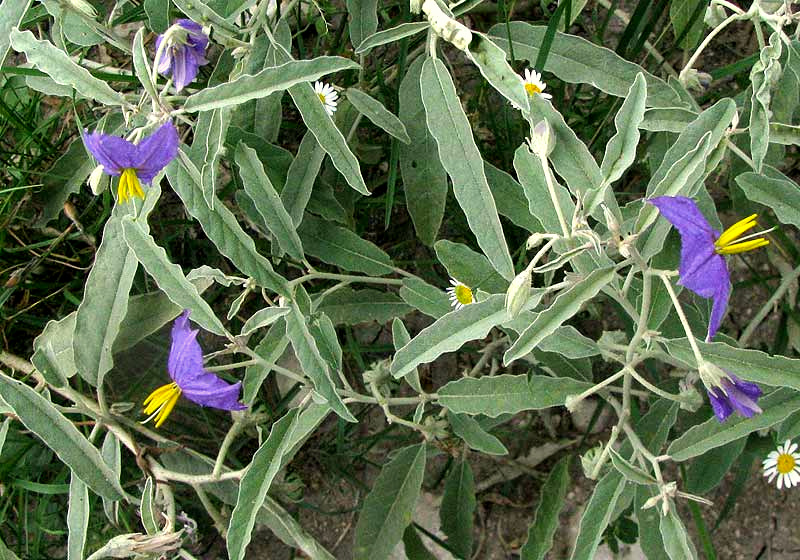



Silverleaf Nightshade Solanum Elaeagnifolium
Silverleaf nightshade is not palatable to most horses, however, they will consume it when it is located in an overgrazed field Silverleaf Nightshade is a common weed throughout North America which contains the glycoalkaloid solanine, a toxin that can cause disturbances in the gastrointestinal and central nervous systemsThese questions have long troubled researchers as much as farmers, and recent focus on silverleaf nightshade which affects crops and pastures across a wide area in southern Australia might provideWapshere AJ, 19 Prospects for the biological control of silverleaf nightshade, Solanum elaeagnifolium, in Australia Australian Journal of Agricultural Research, Wassermann VD;
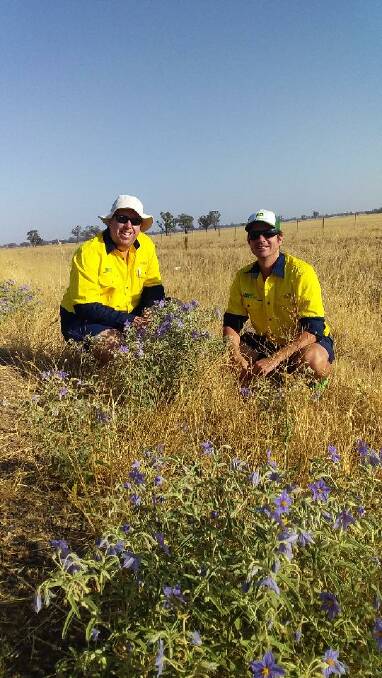



Silverleaf Nightshade Alert The Land Nsw




Silver Leaf Nightshade Weed Identification Brisbane City Council
Weeds in South Australia There are very few places left untouched by weeds in South Australia The State has around 1500 exotic plants that are classified as weeds, and on average about six new exotic plant species become naturalised in SA every year Silver Leaf Nightshade Agricultural weeds of concern include Annual ryegrass (LoliumSilver The stems are often covered with small yellow or red thorns about 0102 in long The lanceshaped leaves are 0860 in long with smooth or wavy edges, and are silver or graygreen in color The lower leaf surfaces often feel velvety because of the dense covering of starshaped hairs Silverleaf nightshade produces distinctWorks BestIf you have only a few or scattered silverleaf nightshade plants to control or do not have a ground broadcast sprayer When to ApplySilverleaf nightshade should be sprayed in the spring when the plants begin to flower Prepare the Equipment To properly apply the herbicide using this method, all




Weed Identification Silver Leaf Nightshade
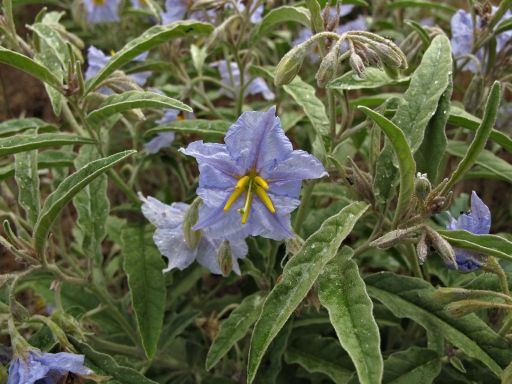



Flora Of Victoria
Native to North America, silverleaf nightshade is a deeprooted summer growing perennial plant from the Solanaceae family It was first found in Australia in 1901 at Bingara, New South Wales and is now found throughout most parts of New South Wales, South East Queensland, Victoria, South Australia and Western AustraliaSilverleaf nightshade is now found throughout most parts of NSW, south east Queensland, Victoria, South Australia and Western Australia Habitat S elaeagnifolium is adapted to a wide range of habitats, but appears mostly in areas of relatively low annual rainfall ( mm)Solanum elaeagnifolium, the silverleaf nightshade or silverleaved nightshade, is a common native plant to parts of the southwestern USA, and sometimes weed of western North America and also found in South America Other common names include prairie berry, silverleaf nettle, white horsenettle or silver nightshade




Silver Leaf Nightshade Weed Identification Brisbane City Council
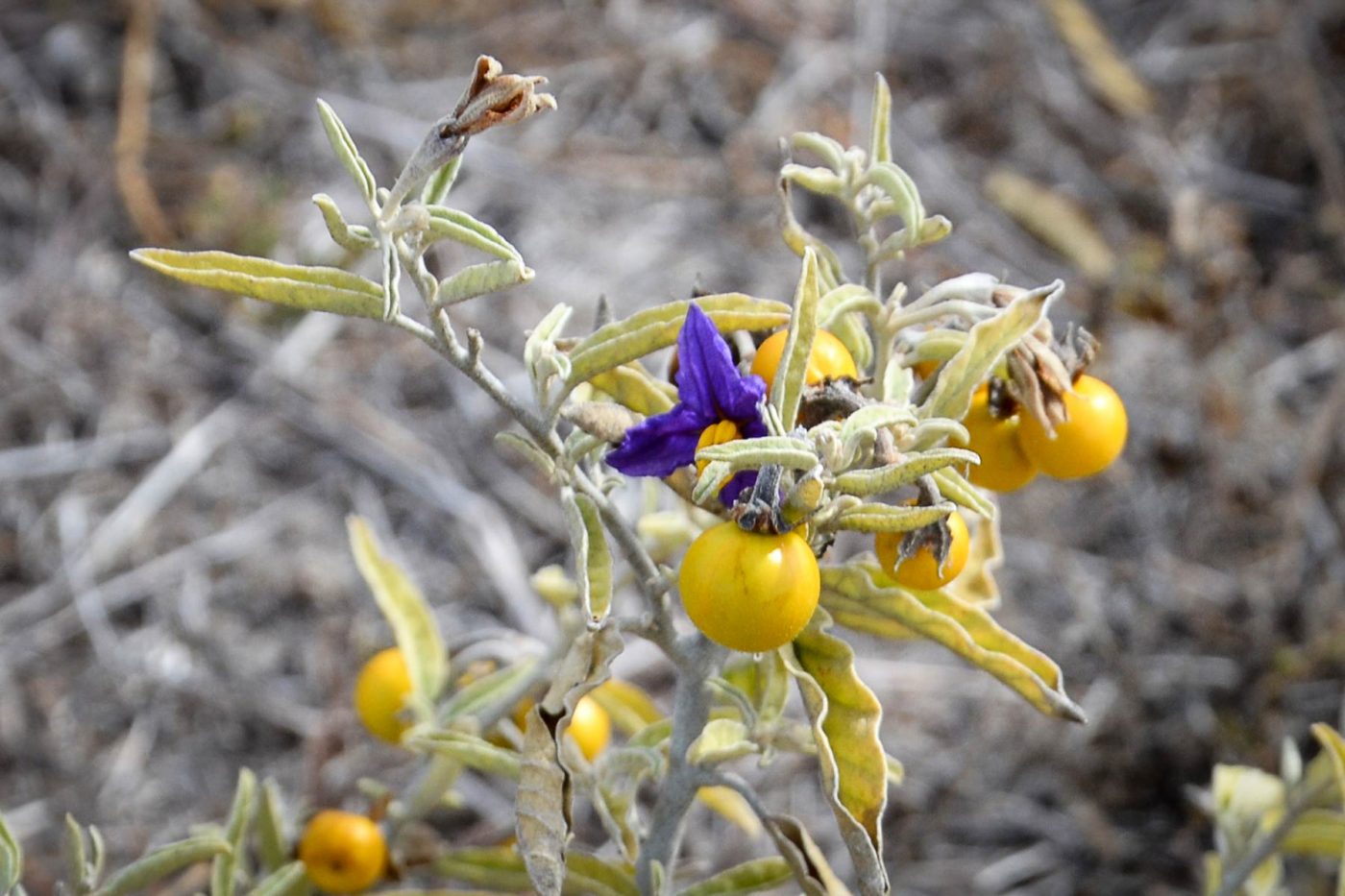



Silverleaf Nightshade Protecting Clean Farms And Reducing Sa Yield Losses Pirsa113 Sagit
Agricultural weeds of concern include Annual ryegrass (Lolium rigidum), barley grasses (Hordeum species), brome (Bromus species), Capeweed (Arctotheca calendula), Flaxleaf fleabane (Conyza bonariensis), Salvation Jane or Paterson's curse (Echium plantagineum), Silvergrass (Vulpia species), Silverleaf nightshade (Solanum elaeagnifolium), Thistles (Carduus spp), Turnip weedIlverleaf nightshade (Solanum elaeagnifolium Cav) is a native of the Americas and it was first reported in Bingara, NSW in 1901 Silverleaf nightshade (SLN) s i a declared weed in New South Wales, Victoria, South Australia &Prospects for the biological control of silverleaf nightshade, Solanum elaeagnifolium, in Australia Aust J Agric Res , 39 ( 19 ) , pp 187



Western Ragweed



Nsw Weedwise
Silverleaf nightshade is a perennial in the potato family It grows upright to 1 to 3 feet tall, and it is usually prickly The plant reproduces by seed and by creeping rootstock It gets its silver color from the tiny, densely matted, starlike hairs covering the whole plant The leaves are lance shaped to narrowly oblong and wavy on the marginsSolanum elaeagnifolium Cav is commonly known in Australia as silverleaf nightshade Solanum is from the Latin solamen, 'solace' or 'comfort', in reference to the narcotic effects of some Solanum species The species name, elaeagnifolium, is Latin for 'leaves like Elaeagnus', in reference to olivelike shrubs in the family ElaeagnaceaeDepartment of Primary Industries and Regions, South




Diversity Of Silverleaf Nightshade In Australia And Implications For Management Semantic Scholar



Silverleaf Nightshade Silver Leaf Nightshade White Horse Nettle Trompillo Tomato Weed Solanum Elaeagnifolium Cav
Silverleaf nightshade (Solanum elaeagnifolium) is a weed that reduces production in crop and pasture enterprises throughout the Australian wheatsheep zone It is a longlived perennial plant with very deep, resilient rootsSilverleaf nightshade has a kind of sinister charm (see the flowers below) and is sometimes used in xeriscapes Although I enjoy seeing this plant in the field, ISilverleaf nightshade is difficult to control with herbicide because of its root system Please refer to the PNW Weed Management Handbook, or contact your county noxious weed coordinator For More Information See our Written Findings for more information about silverleaf nightshade (Solanum elaeagnifolium)



Silverleaf Nightshade Solanum Elaeagnifolium North West Weeds
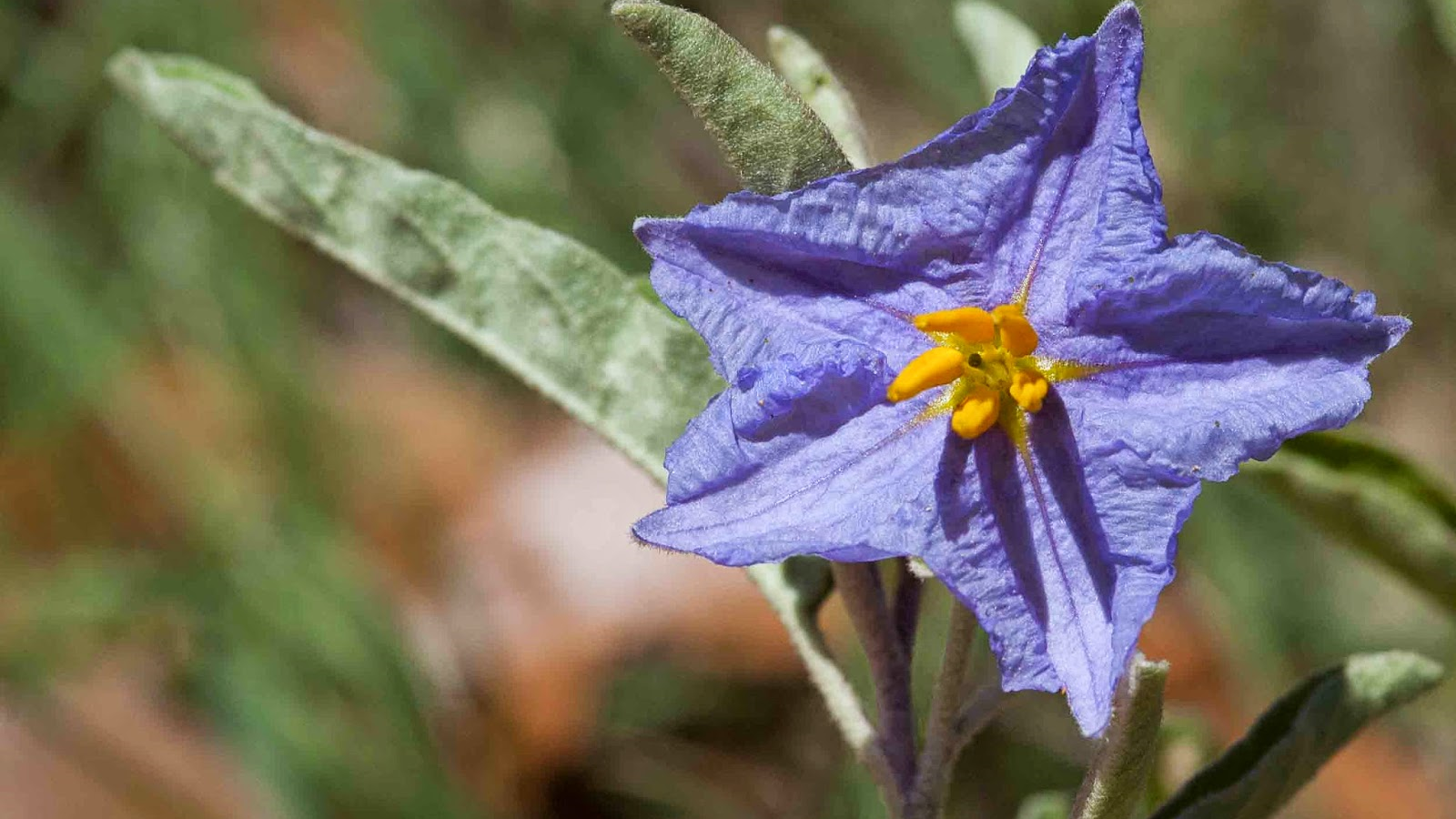



Silverleaf Nightshade Weed Killer Lawn Dork
These are the questions that researchers are keen to find solutions to as silverleaf nightshade infiltrates crops and pastures across southern Australia Silverleaf nightshade infestations typically reduce crop yield by –40 % and render pasture unusable ifNeser S, 19 The weed silverleaf bitter apple (satansbos) (Solanum elpagnifolium Cav) with special reference to its status in SouthWestern Australia and was listed as one of the Weeds of National Significance (WoNS) in 12




Silver Leaf Nightshade Weed Identification Brisbane City Council




Silver Leaf Nightshade Weed Identification Brisbane City Council
Silverleaf nightshade is classified as a toxic or poisonous plant;Solanum elaeagnifolium Cav Family Solanaceae Names Solanum is from the Latin solamen meaning to quieten or comfort and refers to the narcotic properties of some species Elaeagnifolium is Latin for Oleander like leaves Silverleaved Nightshade refers to the silver appearance of the leaves due to the fine white hairs and nightshade is derived from the AngloSaxon name for thisSilverLeaf Nightshade (Solanum elaeagnifolium) is a perennial plant usually growing 8" to " tall It is easily recognized by its silver green wavy leaves and stem color, and violet colored, star shaped flowers with protruding yellow stamens Other common names for SilverLeaf Nightshade are Prairie Berry, SilverLeaf Nettle, and Satan
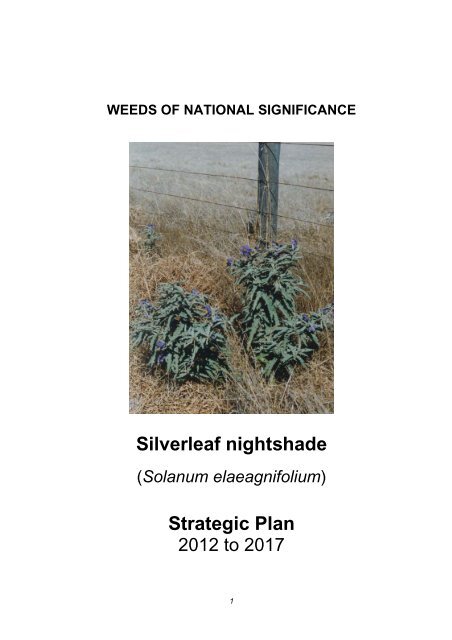



Silverleaf Nightshade Strategic Plan Weeds Australia
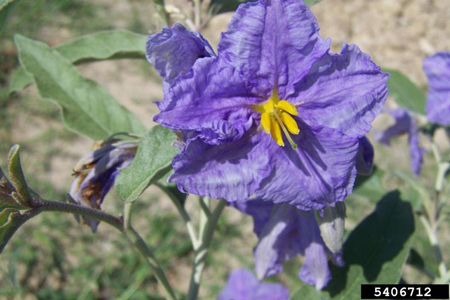



Silverleaf Nightshade Solanum Elaeagnifolium Canadian Food Inspection Agency
Silverleaf nightshade (Solanum elaeagnifolium) is a deep rooted perennial plant that inhabits warm temperate regions of Australia Native to the Americas, it has been in Australia since the early twentieth century and is now recorded in all States and Territories apart from Tasmania The most serious infestations occurThe stems have prickles that are red to a tannish colour, producing young shoots that are a dull silvergray colour The leaves of Silverleaf Nightshade alternate along the stem from one another and are eggshaped, each leaf being about 6 inches long with either coarsely lobed or wavy edgesSilverLeaf Nightshade is poisonous and toxic to livestock SilverLeaf Nightshade propagates from both rhizomes and seed found in berries Green striped berries turn yellow or orange at maturity and then dry to brown
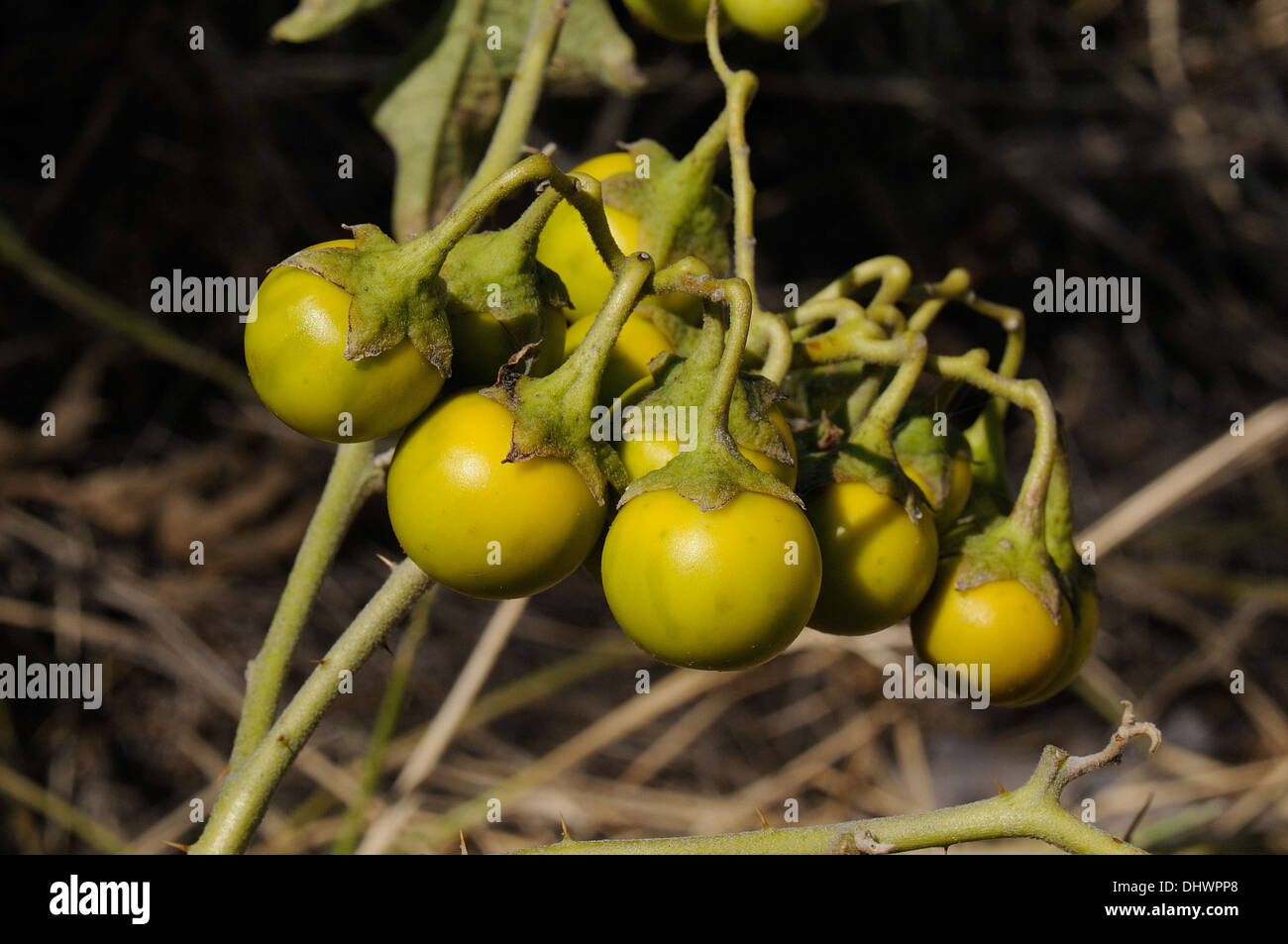



Silver Leaf High Resolution Stock Photography And Images Alamy



Silverleaf Nightshade Declared Pest Agriculture And Food
Silverleaf nightshade has 5 purple/white flowers up to 25mm in diameter with 5 yellow stamens Berries of the nightshade plant are green striped, round and smooth that turns yellow/orange when ripe and seeds are light brown, rounded,Elaeagnifolium means leaves like Elaeagnus, the genus of Russian olive Synonyms Solanum flavidum Editor SBuckley 10, FSCoburn 15, AHazelton 17 Vascular plants of NE US and adjacent Canada"Silverleaf Nightshade is a weed that deprives crops and pastures of valuable nutrients and moisture throughout the Northern and Yorke region," she said "Catching it early is critical, because once established it is very difficult to eradicate




Diversity Of Silverleaf Nightshade In Australia And Implications For Management Semantic Scholar
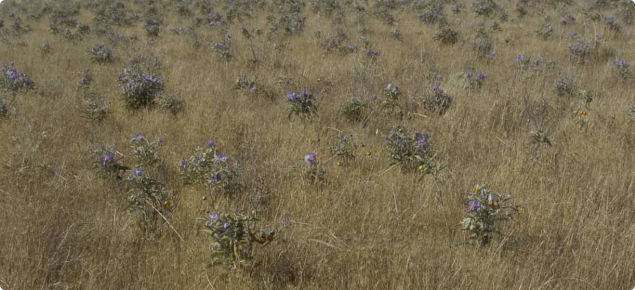



Silverleaf Nightshade Declared Pest Agriculture And Food




Pdf Factors Affecting Silverleaf Nightshade Solanum Elaeagnifolium Germination




Silverleaf Nightshade Flora And Fauna Of The Rio Grande Valley Inaturalist




Pest Plant Silverleaf Nightshade Department Of Environment Water And Natural Resources
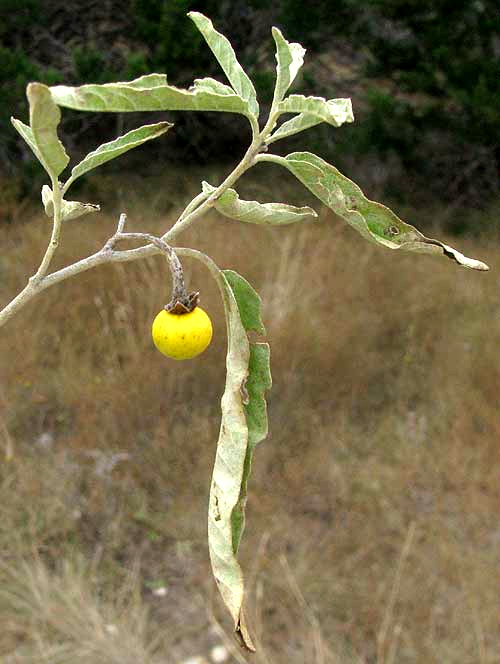



Silverleaf Nightshade Solanum Elaeagnifolium
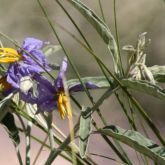



Silver Leaf Nightshade Business Queensland




Use Of The De Novo Transcriptome Analysis Of Silver Leaf Nightshade Solanum Elaeagnifolium To Identify Gene Expression Changes Associated With Wounding And Terpene Biosynthesis Topic Of Research Paper In Biological Sciences Download



Nsw Weedwise




Silverleaf Nightshade Can Be Beaten Weedsmart
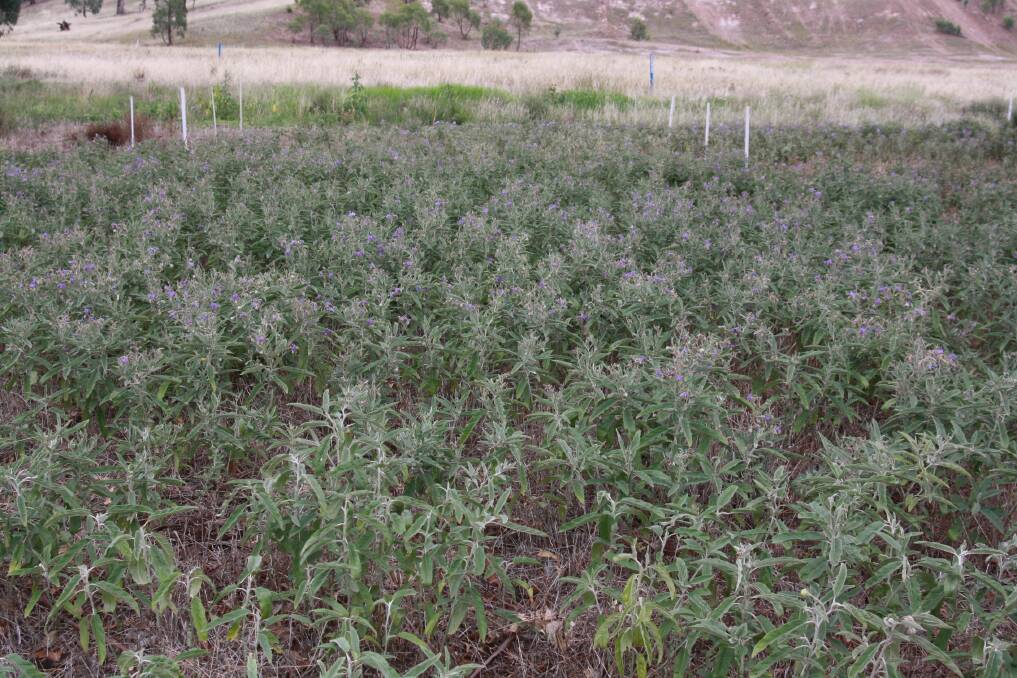



Take A Two Pronged Attack Against Silverleaf Nightshade The Land Nsw
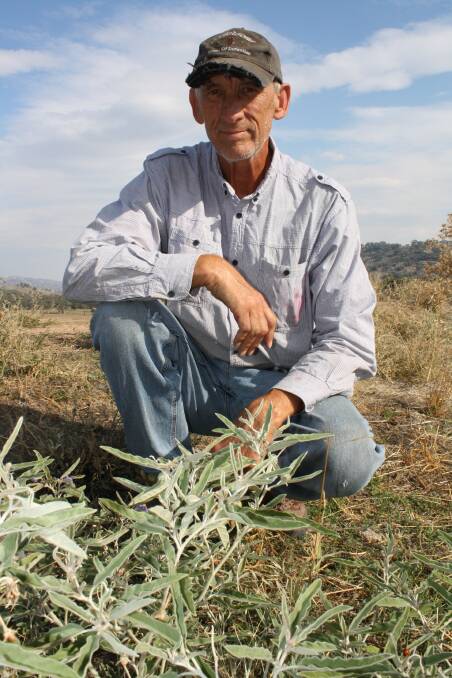



Farmers Battle Silverleaf Nightshade At Cowra The Land Nsw



Silverleaf Nightshade Australian Best Practice Management Manual 18 Silverleaf Nightshade



Silverleaf Nightshade Solanum Elaeagnifolium Nox Vro Agriculture Victoria




Silverleaf Nightshade Solanum Elaeagnifolium Canadian Food Inspection Agency



Factsheet Solanum Elaeagnifolium



Nsw Weedwise




Blackberry Nightshade Abc News Australian Broadcasting Corporation



Silver Leaf Nightshade
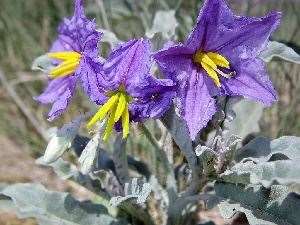



Silverleaf Nightshade Weed Management Farms Com




Silver Leaf Nightshade Department Of Primary Industries Parks Water And Environment Tasmania




Silver Leaf Nightshade Weed Identification Brisbane City Council
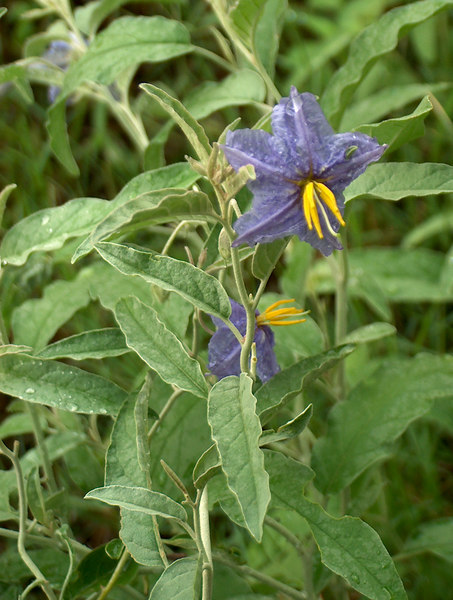



Silverleaf Nightshade A Hairy Weed Biology 4 Me



Pir Sa Gov Au
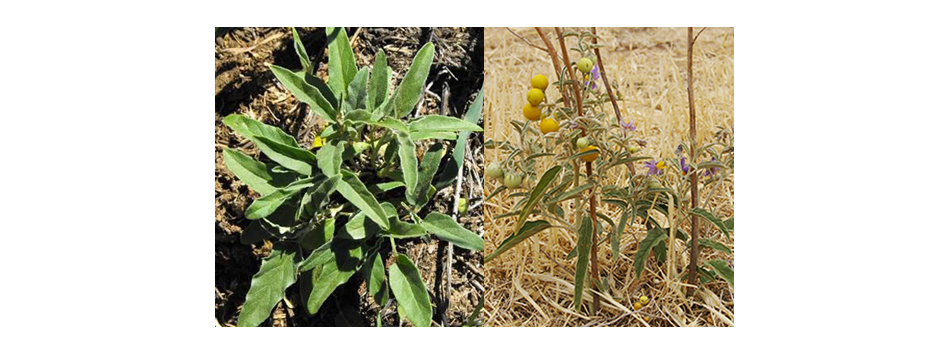



Latest News Silverleaf Nightshade



Silverleaf Nightshade Solanum Elaeagnifolium North West Weeds




Pdf Root Regenerative Ability Of Silverleaf Nightshade Solanum Elaeagnifolium Cav In The Glasshouse



Pir Sa Gov Au



Pir Sa Gov Au




Silverleaf Nightshade Flora And Fauna Of The Rio Grande Valley Inaturalist
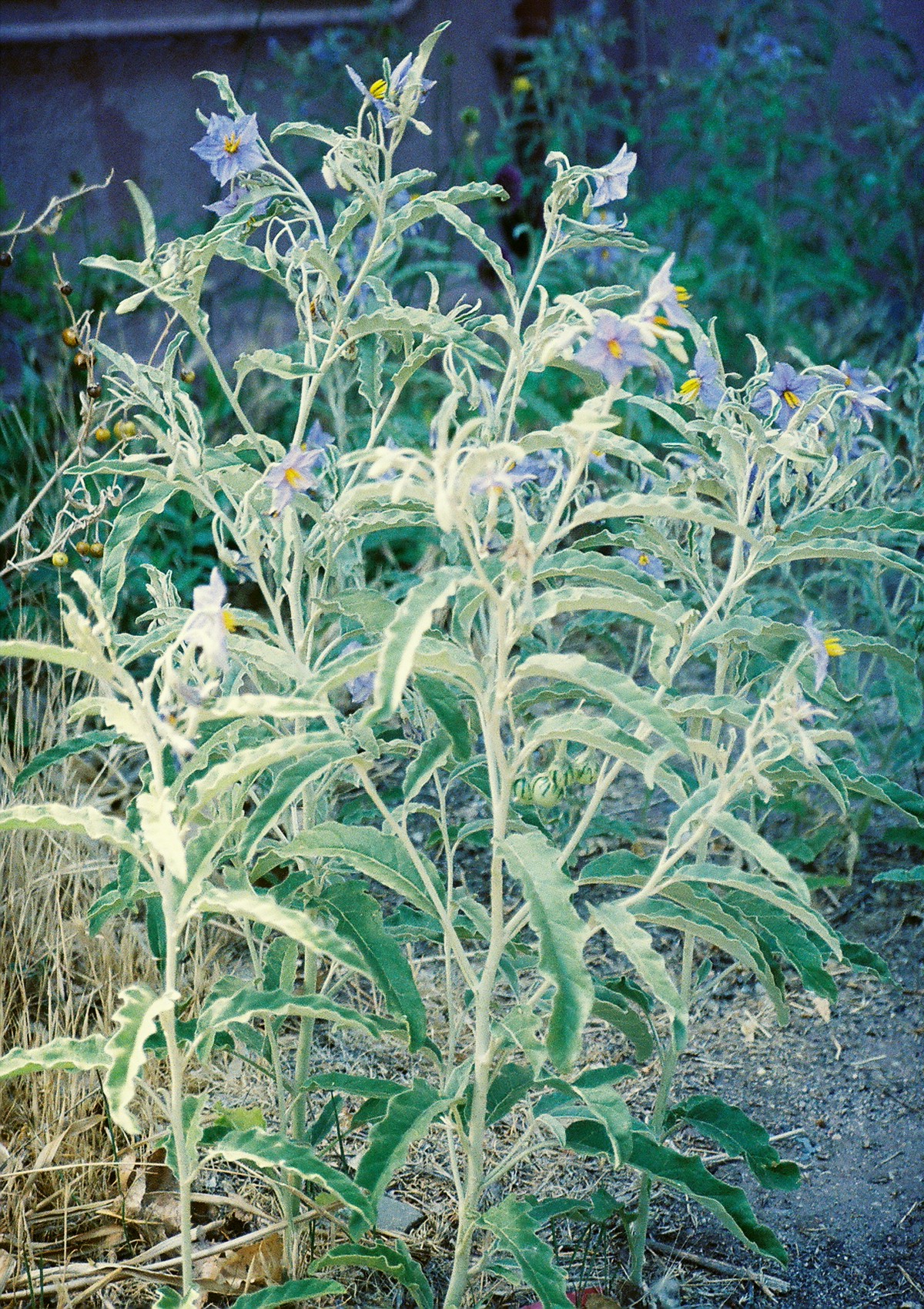



Solanum Elaeagnifolium Wikipedia




Diversity Of Silverleaf Nightshade In Australia And Implications For Management Semantic Scholar
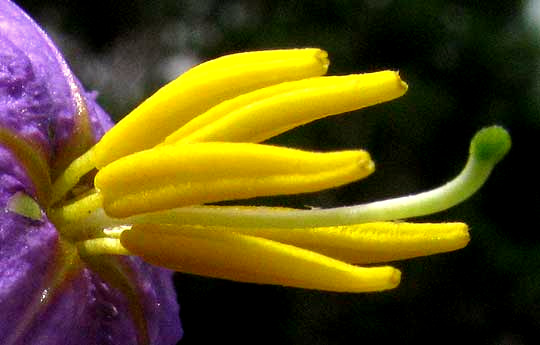



Silverleaf Nightshade Solanum Elaeagnifolium



Pir Sa Gov Au



Nsw Weedwise




Silver Leaf Nightshade Weed Identification Brisbane City Council
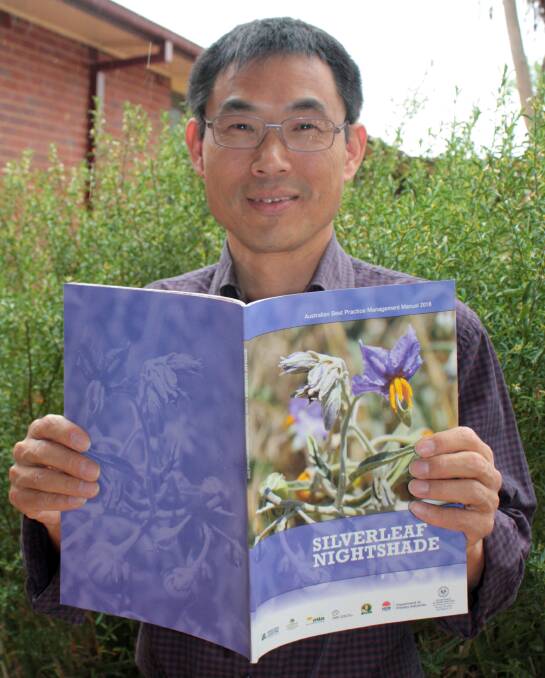



Take A Two Pronged Attack Against Silverleaf Nightshade The Land Nsw



Silverleaf Nightshade Nearly Indestructible Uc Weed Science Anr Blogs



Silverleaf Nightshade Declared Pest Agriculture And Food




Of Initial Primer Screening In S Elaeagnifolium Including The Source Download Scientific Diagram




Weed Identification Silver Leaf Nightshade



Silverleaf Nightshade Solanum Elaeagnifolium North West Weeds



Landscape Sa Gov Au



Onlinelibrary Wiley Com



Nsw Weedwise



Pir Sa Gov Au




Silverleaf Nightshade Solanum Elaeagnifolium Inaturalist United Kingdom




Silverleaf Nightshade Can Be Beaten Weedsmart



Nsw Weedwise




Silver Leaved Nightshade The Australian Wine Research Institute



Pir Sa Gov Au



Pir Sa Gov Au




Silverleaf Nightshade Declared Pest Agriculture And Food



Silverleaf Nightshade Australian Best Practice Management Manual 18 Silverleaf Nightshade



Nsw Weedwise




Pdf Structural And Cytochemical Investigation Of The Leaf Of Silverleaf Nightshade Solanum Elaeagnifolium A Drought Resistant Alien Weed Of The Greek Flora



1




Silver Leaf Nightshade Weed Identification Brisbane City Council



Silver Leaved Nightshade Project Noah



Factsheet Solanum Elaeagnifolium



Pir Sa Gov Au



Data Environment Sa Gov Au



Silverleaf Nightshade Solanum Elaeagnifolium North West Weeds
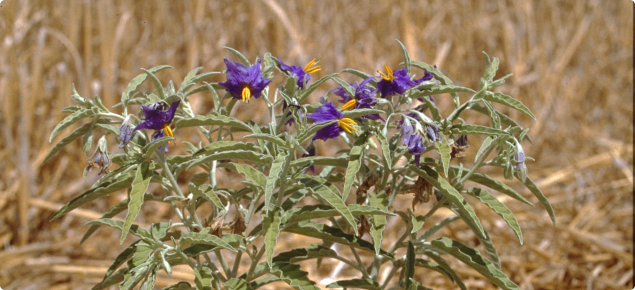



Silverleaf Nightshade Declared Pest Agriculture And Food




Weed Identification Silver Leaf Nightshade




Diversity Of Silverleaf Nightshade In Australia And Implications For Management Semantic Scholar
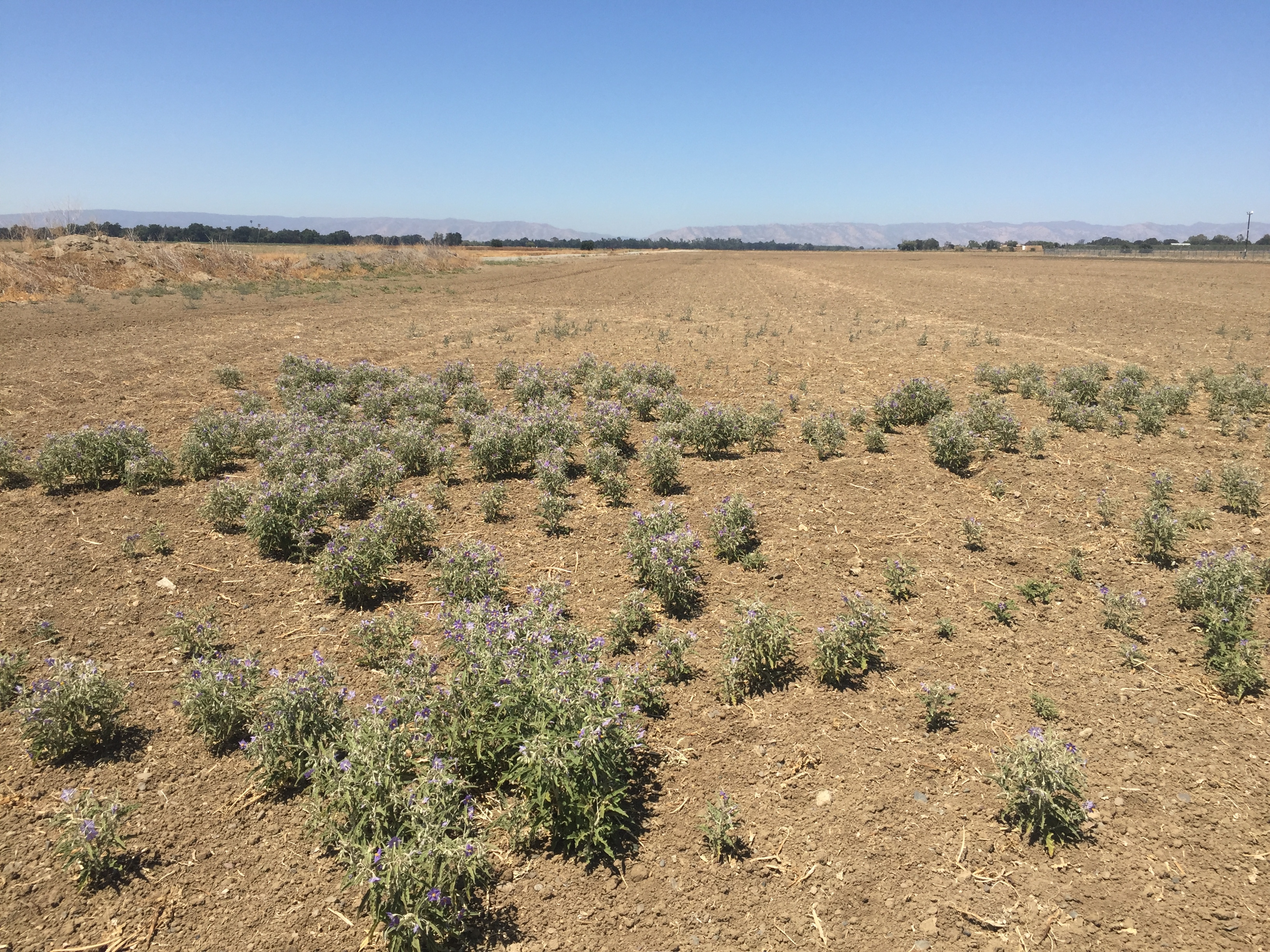



Silverleaf Nightshade Nearly Indestructible Uc Weed Science Anr Blogs



Silverleaf Nightshade Silver Leaf Nightshade White Horse Nettle Trompillo Tomato Weed Solanum Elaeagnifolium Cav




Silver Leaf Nightshade Weed Identification Brisbane City Council




Solanum Wikipedia



Researchgate Net
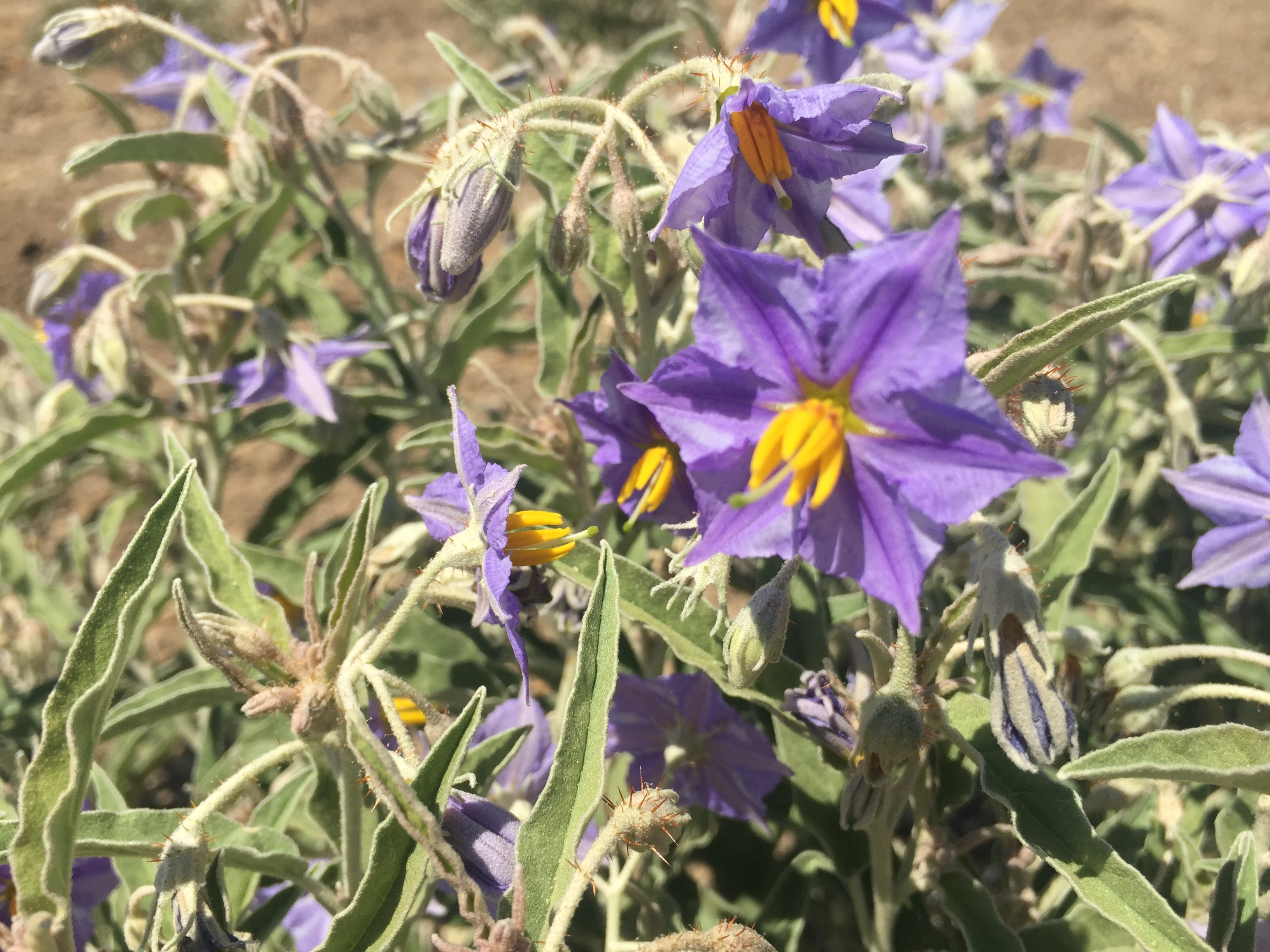



Silverleaf Nightshade Nearly Indestructible Uc Weed Science Anr Blogs




Silverleaf Nightshade Declared Pest Agriculture And Food
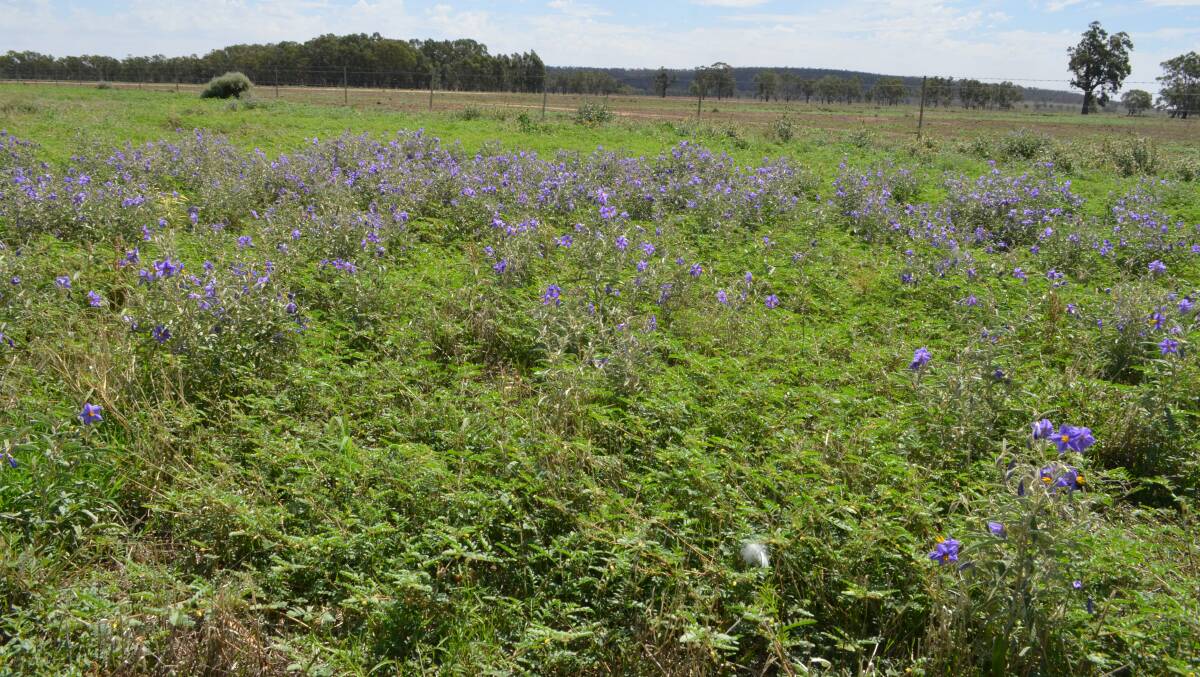



Silverleaf Nightshade Alert The Land Nsw



White Silverleaf Nightshade



Silverleaf Nightshade Declared Pest Agriculture And Food




Weed Identification Silver Leaf Nightshade




Pdf Development Of Ssr Markers For Genetic Analysis Of Silverleaf Nightshade Solanum Elaeagnifolium And Related Species



Pir Sa Gov Au



Pir Sa Gov Au



Caws Org Nz




Silverleaf Nightshade Flora And Fauna Of The Rio Grande Valley Inaturalist



0 件のコメント:
コメントを投稿